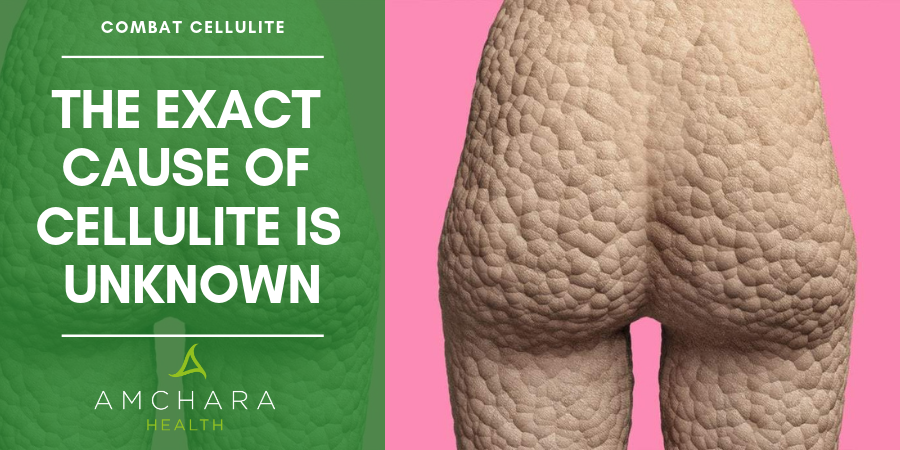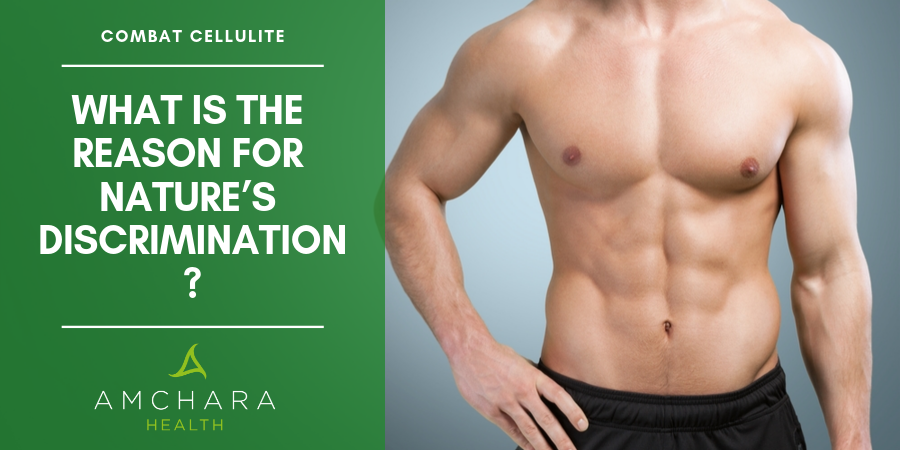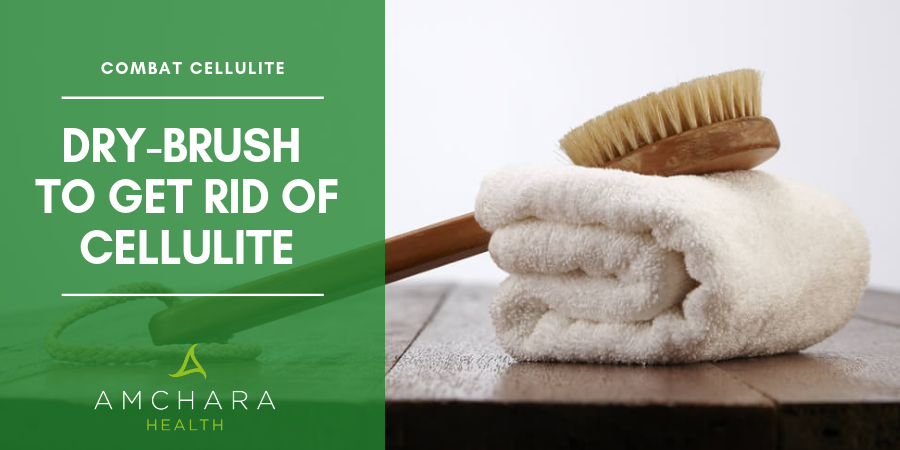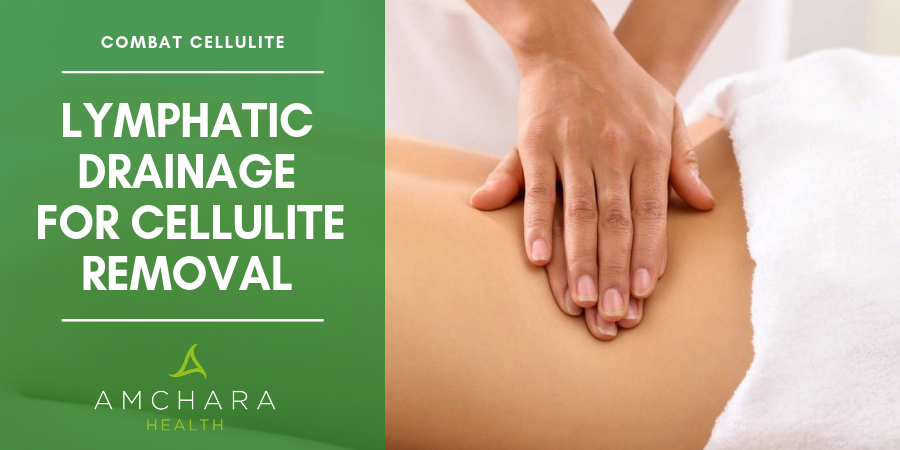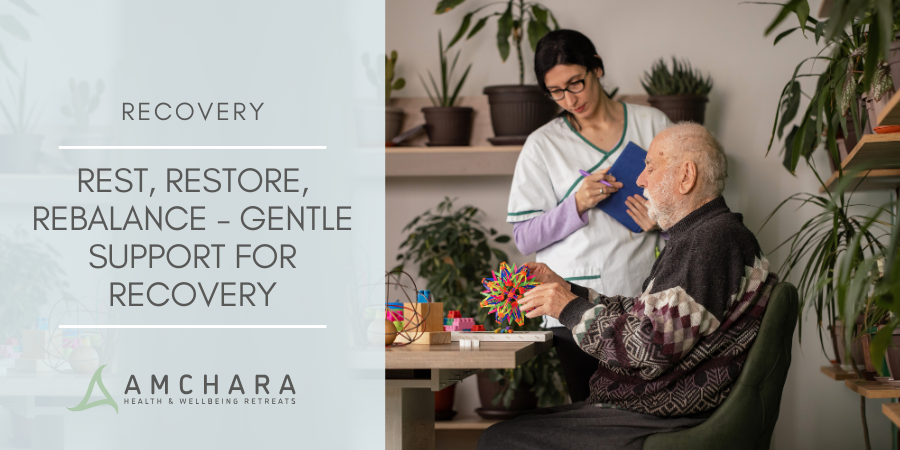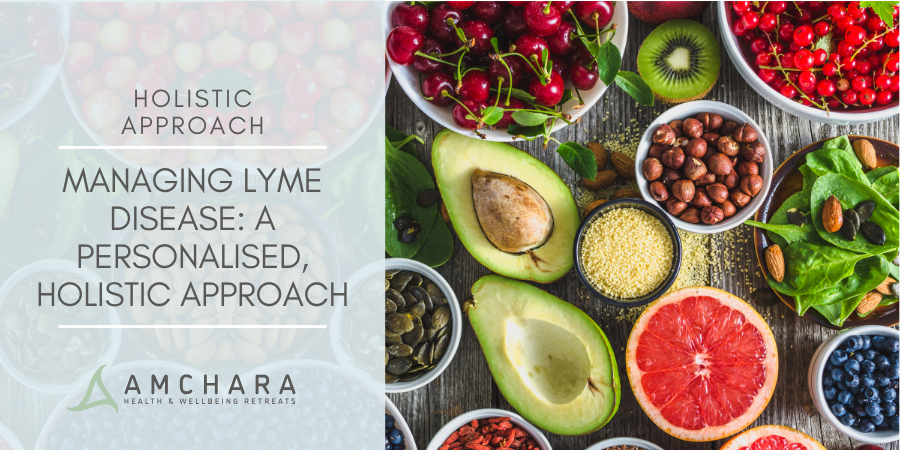We’ve pieced together the research and evidence on cellulite to bring you some natural remedies.
Our mission is to provide you with both insightful information and evidence-based content, all orientated towards the Personalised Health approach, with actionable knowledge and tips to help you on your journey to optimal health.
What is Cellulite?
Most of us are familiar with the dimpled appearance of cellulite – it’s sometimes called ‘orange peel’ skin with its little pockmarks.
Once we develop cellulite, it can be difficult to get rid of.
It typically develops on the buttocks and thighs, mainly because these areas naturally have more fatty tissue, but it can eventually creep to other areas.
It’s thought as many as 85% of us have cellulite.
Because it affects so many women, it could be argued its development is a natural process.
Cellulite is more common as we get older, if we have a hormone imbalance, lead a sedentary lifestyle or if we suffer from poor circulation or thinning skin.
What Causes Cellulite?
There are a number of theories as to why cellulite develops, but in truth science doesn’t exactly know.
In order to better understand how cellulite may develop, let’s have a little look at the structure of our skin.
Our skin is composed of two principal layers.
First there is the outermost epidermis, which is comprised of epithelial tissue.
Just underneath that lies the dermis, which is made up of connective tissue.
Below all this is a layer of adipose tissue, otherwise known as fat, which sits on a sheet of connective tissue known as fascia.
The skin needs to be elastic yet tough and this resilience and strength is provided by the connective tissue.
This provides a framework to support the skin and is comprised of fibres made of proteins such as collagen and elastin.
Imbalances in the arrangement of the connective tissue and fat appear to be behind the formation of cellulite.
These imbalances may have their roots in diet, hormones and even genetics.
Scientists have found, by means of magnetic imaging techniques, that it appears the subcutaneous fat protrudes through into the dermis, forming the familiar pock marked appearance of cellulite.(1)
The more cellulite there is, the deeper the indentations of fat into the dermis.
Regardless of age, cellulite appears to occur when the dermal layer of the skin becomes thinner and less elastic.
This in turn is connected with a reduction in circulation in the tiny capillaries that nourish the collagen fibres, or from UV damage.
It is also thought in cellulite-prone skin, the connective tissue fibres are unevenly located and tend to clump together.
This makes them stronger in some areas and weaker in others and allows the fat to protrude through.
The reason the fat starts to behave in this way is not known, but it’s suspected inflammation, oxidative stress and hormonal changes may be at fault.
Although cellulite is a type of fat, it’s not restricted to those who are overweight. Slim women can develop cellulite.
Why Don’t Men get Cellulite?
It’s well known that more women develop cellulite than men.
This seems to be because of anatomical differences in the structure of their skin.(2)
In women, the connective tissue fibres just under the surface of the skin which connect the fascia to the dermis are arranged vertically.
This means the subcutaneous fat is encased in little chambers which allow the fat to relatively easily herniate through into the dermis if the connective tissue is weakened in some way.
In men, the connective tissue has a criss-cross structure, so the fat is contained in little polygonal pockets so that when the fat expands it can do so vertically and horizontally.
In addition, men tend to have thicker epidermis and dermis tissue layers than women.
How to Combat Cellulite Naturally
#1 | #2 | #3 | #4 | #5 | #6 | #7 | #8 | #9
There are a myriad of remedies, creams and techniques which claim to clear away cellulite.
Not many of then are supported by robust scientific research, so the truth is, we don’t know how effective they are.
1. Collagen
Collagen is a protein which supports skin renewal.
As we’ve seen, collagen forms part of the scaffolding-type matrix of connective tissue fibres in the dermis.
As we get older, our skin collagen does not renew as readily.
After around age 20, women produce around 1% less collagen each year, and this loss is accelerated after the menopause.
This means the subcutaneous fat can more easily herniate through into the skin’s dermal layer.
Research found taking a daily supplement of 6.5g hydrolysed collagen (in other words, collagen that was already broken down into its constituent amino acids and therefore easy to absorb into the body) seemed to help.(3)
Over a six month time period the appearance of cellulite and ‘skin waviness’ was reduced in over one hundred normal weight and overweight women.
Skin density was also improved.
Research suggests that intake of collagen can stimulate skin metabolism (4) and can also improve skin elasticity (5) in as little as 8 weeks.
Hydrolysed collagen is available in supplement form.
There are plenty of topical creams also containing collagen, although the jury is out on whether collagen can be absorbed through our skin.
2. Dry Skin Brushing
Dry skin brushing aims to improve blood flow and by doing this it also stimulates the flow of lymph.
There is plenty of anecdotal evidence that dry skin brushing can help shift cellulite, although the science behind it has not been tested.
The improvement of circulation brings increased nutrition to the connective tissue collagen, and better circulation may help toxins to be removed.
The lymphatic system is part of our immune system and helps to rid the body of waste matter.
Lymph fluid is transported around the body by a network of lymphatic vessels which carry waste products back into the bloodstream to be removed from the body.
Lymph flows in only one direction – upwards, in the direction of the neck.
However, it isn’t pumped around the vessels in the way that blood is pumped by the heart.
Instead the lymph drains towards where it should do and a number of valves in the walls of the lymph vessels prevent it moving back to where it’s come from.
Anything that improves circulation, dry skin brushing included, can help to move lymph around the body.
Aim to dry skin brush every day or preferably twice daily. It’s easy to incorporate it into your daily routine.
Get into the habit of dry skin brushing for a few minutes before your shower or bath. It really only needs to take 5 minutes out of your day.
Brush towards your heart, starting with your feet, in long gentle sweeping movements.
Brush your stomach in an anticlockwise direction.
Use gentle pressure, especially at first – you don’t want to redden or irritate the skin. Never brush inflamed or open skin.
You may find as you get used to the brushing, you may be able to increase the pressure.
Use a long-handled brush with natural bristles, ideally made of vegetable fibres cactus or agave stem.
Dry skin brushing in this way will also slough off dead skin cells which may be blocking pores and encourages the cells to renew.
3. Massage
Massage is also great at improving lymphatic flow, especially lymphatic drainage massage, which specifically aims to improve lymph drainage, boost circulation and reduce water retention.
Massage can also restore flexibility to the skin which can effectively stretch out the cellulite dimples.
There are thin layers of fibrous connective tissue sitting just below the skin called the superficial fascia, separated by fat cells.
This fascia also surrounds and protects our organs.
Sometimes scar tissue can form within the fascia which sticks together forming adhesions, becoming less flexible and thicker.
It is believed that in this way it can contribute towards the dimpled look of cellulite.
Massage techniques, called myofascial release massage, can release tissue restrictions and so smooth this layer of connective tissue.
Aromatherapy massage using essential oils such as geranium, black pepper, cypress, ginger and rosemary may increase blood flow.
Any massage technique needs repeating many times before it will shift cellulite – just one massage won’t produce any noticeable results.
4. Coffee and Caffeine
An internet search shows a myriad of remedies for cellulite but one that keeps cropping up is caffeine.
Caffeine, when applied topically, is claimed to tighten the skin, dilate blood vessels thus improving circulation and temporarily reduce the size of individual fat cells.
This has led to the development of coffee scrubs, coffee wraps and even coffee impregnated tights!
Coffee itself is rich in antioxidants, and the coffee grounds in a scrub will exfoliate the skin as well as improve circulation.
To make your own coffee scrub, use non-decaffeinated, unused coffee grounds and mix with warm water until you’ve got the right consistency – it needs to be a paste.
Add a small amount of melted coconut oil to improve the consistency.
Massage into the skin for a few minutes before rinsing.
You can store any unused mixture in the fridge, but it will harden so you’ll need to warm it up a little to use it again.
Users report it can take up to three months to see effects, so be patient.
Although the scientific evidence for the effectiveness of coffee scrubs is lacking, some studies (6) have noted a thickening of the epidermis with skin creams containing caffeine, as well as a significant reduction in the appearance of cellulite after 4 weeks using the cream.
5. Detox!
There is one school of thought which believes cellulite is caused by stored toxins in fat cells.
The science behind this is lacking, however it makes sense that if toxins build up, then free radical damage will follow.
We do know excess fat, processed foods, refined carbohydrates and salt in the diet along with too little fibre are connected with an increased likelihood of developing cellulite.
One of the places your body loves to store away toxins it can’t immediately excrete is in your fat cells.
This is because once toxins are stored in fat cells, the body knows the toxins won’t be able to damage our organs.
A sensible way to encourage your body to detox is to drink more water – making sure it’s filtered water – and maybe embark on a detox diet, a colon cleanse or a fast.
Cleaning up your diet and your personal care products can go a big way to preventing toxin build-up in the first place.
Ditch the coffee, alcohol, sugar and processed foods and opt for natural based cleaning and body products.
A pleasant way to detox is to soak in a bath with Epsom or Himalayan Bath Salts.
These encourage toxin removal through the skin.
6. Omega-3 Fatty Acids
Some researchers believe an imbalance in our fat intake can contribute to cellulite. Omega-3 oils are anti-inflammatory.
Other measures to combat inflammation include reducing your intake of sugar and processed fats and making sure your diet contains plenty of antioxidant nutrients like Vitamin C and E and Selenium.
As a bonus, Vitamin C plays a role in collagen formation.
Power up your diet by including anti-inflammatory foods like turmeric and ginger and antioxidants from brightly-coloured fruit and vegetables.
7. Move More
Cellulite is thought to be linked to a sedentary lifestyle.
It is believed sitting for long periods helps to distort the collagen fibres within the skin’s connective tissue.
Exercise will get your blood and lymph moving and improve circulation. In addition, improvement of muscular tone may help to reduce the appearance of cellulite.
When sitting, get up and move around for 5 minutes at least once per hour.
Do some stretches. Great exercises include kettlebells, squats, step ups, side lunges, or yoga, stretching and Pilates.
8. Balance Hormones
It is possible that hormones may play a role in cellulite formation, as so many more women are affected than men.
Men have more testosterone than women, and this stimulates the production of proteins and means their connective tissue under the skin tends to be thicker.
An overabundance of oestrogen relative to progesterone may predispose women to developing cellulite.
This is possibly because blood flow to the connective tissue under the skin decreases, leading to lower collagen production.
Oestrogen also encourages the storage of fat under the skin.
A nutritional programme aimed at balancing your hormones may therefore help to reduce cellulite.
9. A Berry Good Remedy
One study gave 29 women 100ml organic chokeberry juice supplement for 90 days.(7)
At the end of the study period, subcutaneous tissue thickness was reduced, as well as collagen fibre bunching oedema.
Chokeberry, in common with other berries, is rich in natural plant chemicals called anthocyanins which are a type of polyphenol and give the fruit its colour.
It is believed that anthocyanins may improve micro-circulation in the skin, as well as help to increase the rate of collagen formation. (8)
Chokeberry is otherwise known as Aronia and is native to Eastern North America.
It has either black, red or blue berries depending on the strain.
It’s available as a supplement, in capsules or a powder.
Conclusion
Cellulite can be symptomatic of wider health issues causing problems with connective tissue, circulation, as well as hormone imbalance, free radical damage and toxicity.
There is no quick fix to reduce cellulite but adopting the measures above in tandem with a healthy diet and lifestyle could reduce your risk of it developing and may reduce its appearance.
READ THIS NEXT:

